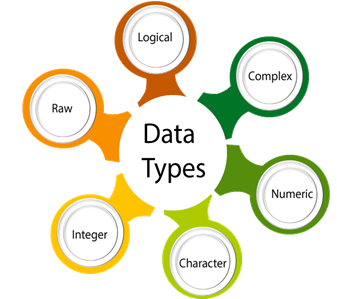Data is the foundation of any data analysis project, and it comes in many different forms and types. Understanding the different data types is crucial for successfully cleaning, transforming, and analyzing data. In this post, we'll take a closer look at the most common data types in data analysis, the importance of properly identifying and handling them, and the process of converting data from one type to another.
Numeric Data Types
Numeric data types are used to represent numbers, either whole numbers or decimal values. There are two main types of numeric data: integers and floating-point numbers. Integers are whole numbers, such as 1, 2, and 3, while floating-point numbers are decimal values, such as 1.1, 2.2, and 3.3. Numeric data can be easily converted from one type to another using standard mathematical operations. For example, a floating-point number can be rounded to an integer using the round() function.
Categorical Data Types
Categorical data types are used to represent categories or groups of data. Categorical data can be either nominal (no order) or ordinal (has order). Nominal categorical data can be represented by strings, such as names, and can be transformed into numerical data through encoding. Ordinal categorical data has an inherent order and can be represented by integers or strings, such as "low", "medium", and "high". Categorical data can be easily converted to numerical data through encoding techniques such as one-hot encoding and label encoding.
Date and Time Data Types
Date and time data types are used to represent dates and times. These data types are often used to track time-based events, such as sales, customer behavior, and website visits. It's important to properly handle date and time data in order to correctly analyze and visualize time-based trends. Date and time data can be easily converted to numeric data through the use of timestamps, which represent the number of seconds since a specific point in time.
Text Data Types
Text data types are used to represent written language, such as comments, product descriptions, and customer reviews. Text data can be challenging to analyze because it's often unstructured and requires preprocessing, such as tokenization and stop word removal, before it can be used for analysis. Text data can be converted to numerical data through techniques such as bag of words and term frequency-inverse document frequency (TF-IDF).
In conclusion, understanding the different data types is essential for successfully cleaning, transforming, and analyzing data. Properly identifying and handling the different data types will help you to get the most accurate and meaningful insights from your data. By taking the time to understand the fundamentals of data types and the process of converting data from one type to another, you can ensure the success of your data analysis projects.

No comments:
Post a Comment